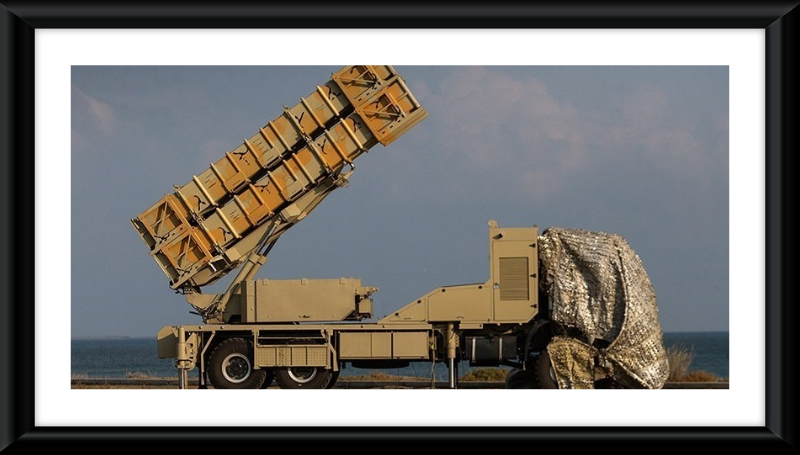Aaron Mehta
Breaking Defense, May 15, 2025
“It is surprising that the defenses for one of the most sophisticated sites is this siloed and fragmented,” Lair said. “I expected a little more sophistication for such an area of importance.”
At a time when President Donald Trump is threatening military action to curb Iran’s nuclear program, a new open-source analysis has found that air defense systems around one of Iran’s most crucial nuclear sites may be less networked and more “brittle” than expected.
The research, shared exclusively with Breaking Defense, comes from the James Martin Center for Nonproliferation Studies, which used what analysts said was a rare Iranian operational security slip-up to get a look at radar information around Natanz, a key Iranian nuclear site. Sam Lair, a researcher with the Martin Center, told Breaking Defense that while the glimpse was very brief, it provided “the clearest look that we’ve had for air defenses for nuclear sites.” He added that it was “remarkable” both for the amount of data able to be gleaned and as a slip up by Iranian censors who historically have covered up such information.
The information comes from a roughly two-second clip of an Iranian command center, released as part of the one-year anniversary of Israeli strikes on an Iranian drone facility located near Natanz. In that clip, a trio of screens shows information from four radar systems. Using that information and open-source imagery, Lair and his colleagues were able to geolocate the radars and identify what kind of systems are in play around Natanz. Based on the findings, the researchers said they believe the four radars are an Iranian Najm 804 radar, associated with the Khordad-15 air defense system; two derivatives of the Soviet-era P-12 Spoon Rest A radars; and a Russian-origin Tor SAM system…. [To read the full article, click here]


